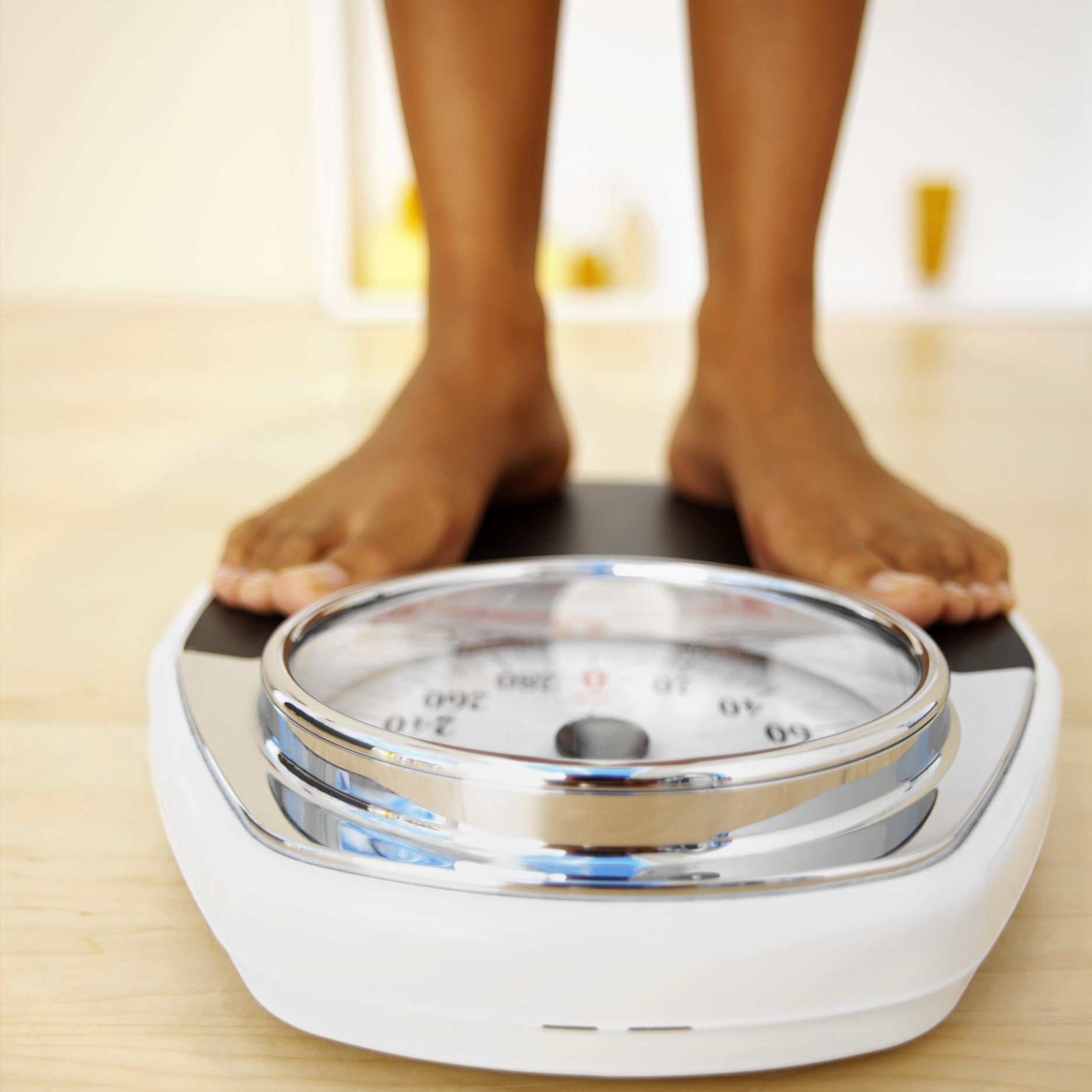People with diabetes need special care in the surgical setting to control blood sugar. Tammy Dukatz, a certified registered nurse anesthetist at Beaumont Health, has spent a lot of time, with exceptional success, doing research to develop best care practices for patients with diabetes who are undergoing surgery. Tammy has been a nurse anesthetist for more than 25 years and a nurse for 40 years. For the last 15 years, she has taken a great interest in diabetes since two of her three children developed type 1 diabetes. Her research has been aimed at strategies for the best possible glycemic control during surgery. She credits her colleagues and the anesthesia department leadership with phenomenal interest and support for these projects.
Conducting research with endocrinologist Dr. Solomon Rosenblatt and other Beaumont Health staff members, Tammy brought the Hospital guidelines up to date to provide the most appropriate strategies for blood sugar control for people with diabetes having surgery. This is important because high glucose levels during surgery may cause electrolyte imbalances and dehydration, and lows are especially dangerous under anesthesia because signs and symptoms largely can't be observed. The clinical research study on insulin glargine dosing took place from 2005-2008, was published in 2012, and was centered at Beaumont Hospital in Royal Oak, Michigan.
Now Tammy and her team keep up the guidelines up-to-date. It's a constant – reviewing the anesthesia and diabetes literature for current diabetes tech and best practices. Recent updates in diabetes technology have brought up new questions and decisions to be made. For example, a patient’s home continuous glucose monitoring (CGM) is based off interstitial glucose readings. CGM can be used in the hospital to follow the glucose trends, but patients are treated based on lab values using venous blood draws. Expert opinion is being sought to determine if hybrid closed loop insulin pumps should be kept in auto mode or put in manual mode during surgery.
Tammy has been working on her newest project with a team including her daughter, Gwen, who is a student nurse anesthetist at Oakland University. To make it easier for nurses to ensure accuracy, Dr. Rosenblatt and Gwen created an algorithm to guide insulin use after heart surgery. The whole team worked with Beaumont’s IT department to place the algorithm into an electronic calculator. A pilot was performed in one Beaumont department in September of 2018. For further refinement of this algorithm and help with back-end programming, they are soon to be working with the Oakland University College of Computer Science and Engineering. Tammy's son, Carl, has also been involved in the tech end of this project.
If you have diabetes and you're going into a surgery soon, here are some tips to keep in mind:
It does matter how well you are controlling your diabetes before surgery - it can lead to better outcomes.
If you are scheduled for elective surgery and you are not meeting your blood sugar goals, check with your diabetes care physician. Your physician may recommend medication changes to help prepare for the surgery.
Anesthesia prescreening nurses will give you individualized instructions for the day of surgery. These should include what medications to take and how to handle high and low blood sugars before hospital arrival.
Communicate well with your anesthesia team. Your blood sugar will be checked frequently throughout your surgery and recovery time. Because of the stress of surgery, treatment with insulin is common - even if you do not usually take insulin. Be sure to speak up if you feel that your blood sugar may be low.





